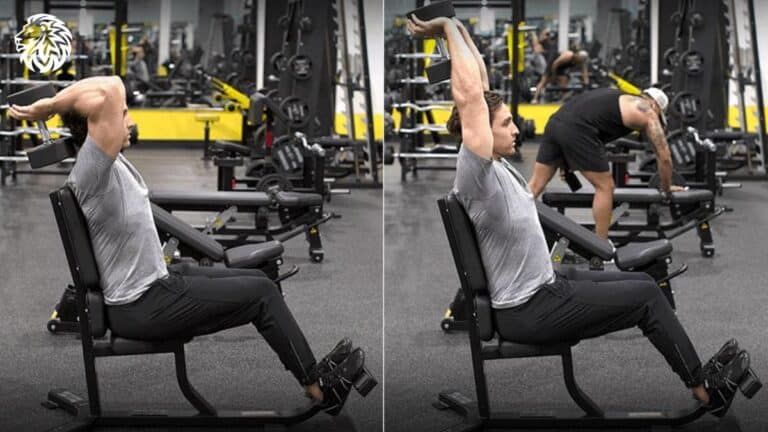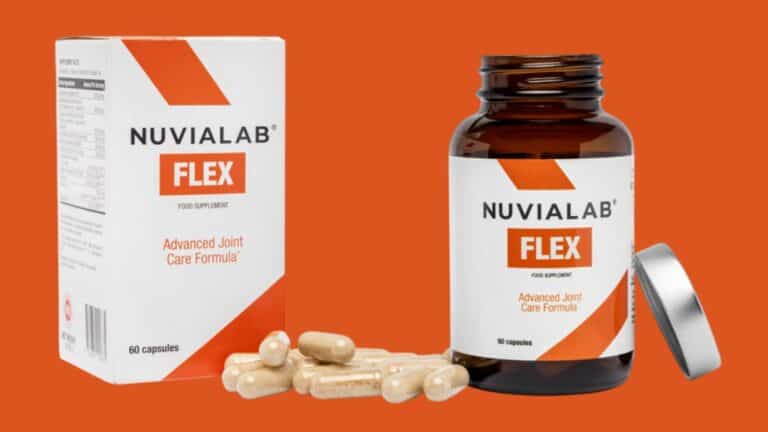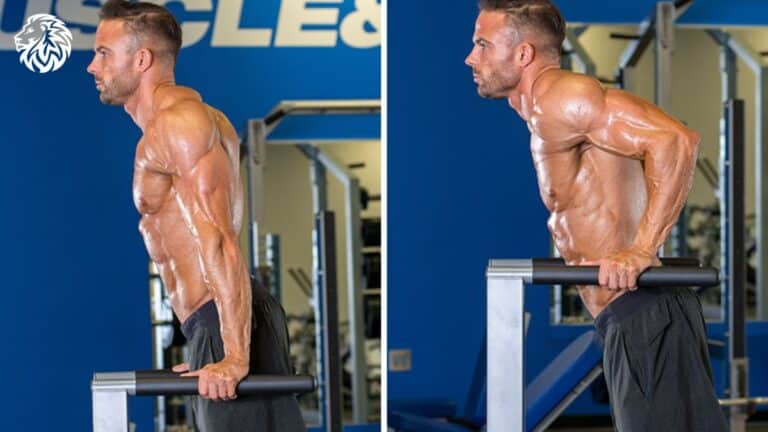Building strong abs is more than just about aesthetics; it’s about core strength, stability, and overall health. Whether you’re striving for a six-pack or simply looking to improve your posture and daily movement, training your abs correctly is essential. However, many people make the mistake of overtraining, believing that doing crunches every day will yield faster results. In reality, a strategic and balanced approach is key to maximizing gains while preventing injury and fatigue.
How Often Should You Train Your Abs?
When it comes to training your abs, less is often more. Ideally, you should work your abs two to three times per week. This frequency allows for sufficient muscle recovery while still promoting strength and definition. Training abs too frequently—five to seven days a week—can actually slow down progress. Like any other muscle group, your abs need time to repair and grow stronger after a workout.
Ab muscles do recover slightly faster than larger muscle groups, but training them every day can reduce workout intensity and effectiveness. Instead of focusing on daily sessions, ensure each workout is high in quality and intensity. If necessary, incorporate weights to progressively challenge your core.
The Best Approach to Getting Six-Pack Abs
Achieving six-pack abs requires more than just ab exercises. Your body fat percentage plays a significant role in whether or not your abs are visible. If you have a moderate or high amount of body fat, the first step should be fat loss through cardio and overall calorie management. If you’re already lean, you can focus more on direct ab training to enhance definition.
Best Workouts Based on Your Body Type
Your workout plan should align with your body composition. If your body fat percentage is moderate or high, focus on fat-burning exercises first. Once you reduce excess fat, direct ab exercises will become more effective in making your abs pop.
1. Swimming
Swimming is one of the best full-body workouts that engages the core while burning fat. The constant movement against water resistance helps tone the abs while improving cardiovascular endurance. Unlike many traditional cardio exercises, swimming is low-impact, making it a great option for those with joint issues.
2. Running
Running is another effective method for fat loss. Whether on a treadmill, at a park, or through a neighborhood, running burns significant calories while also activating core muscles. The repetitive motion requires your abs to engage, especially when maintaining an upright posture during long runs.
3. Outdoor Biking
Outdoor biking is a fantastic way to torch calories while engaging the abdominal muscles. Unlike stationary biking, outdoor biking requires balance and stability, which forces the core to work harder. The uneven terrain and resistance from wind and hills further challenge your core, making it a superior choice for ab development.
Best Ab Exercises for a Defined Six-Pack
If you have lower body fat levels, direct ab training will help define and build your abdominal muscles. Below are some of the most effective ab exercises:
1. Hanging Leg Raises
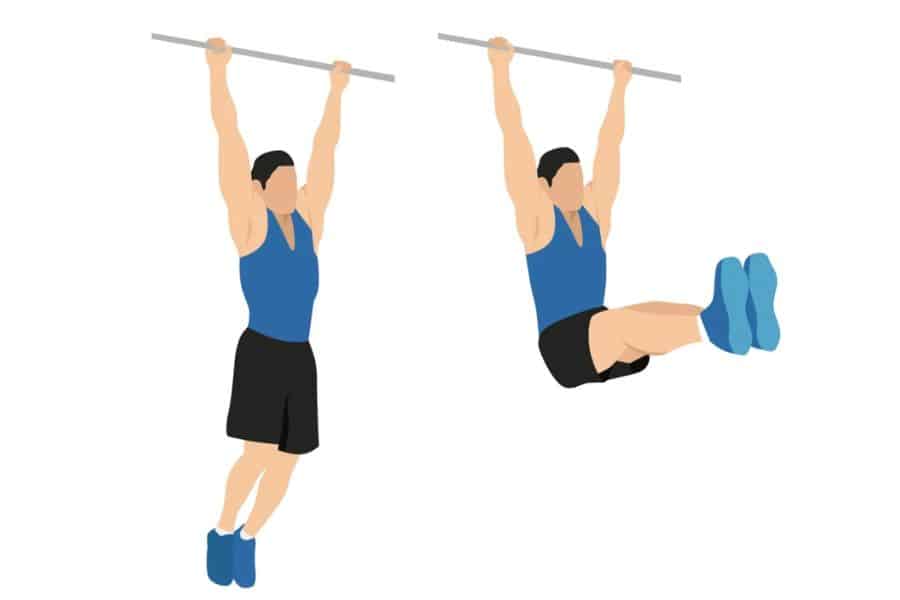
Hanging leg raises directly target the lower abs, an area often neglected in traditional ab workouts. This exercise also strengthens the transverse abdominis, a deep core muscle that helps create a tighter midsection. If hanging leg raises are too challenging, try lying leg raises as a modification.
2. Elbow-to-Knee Crunches
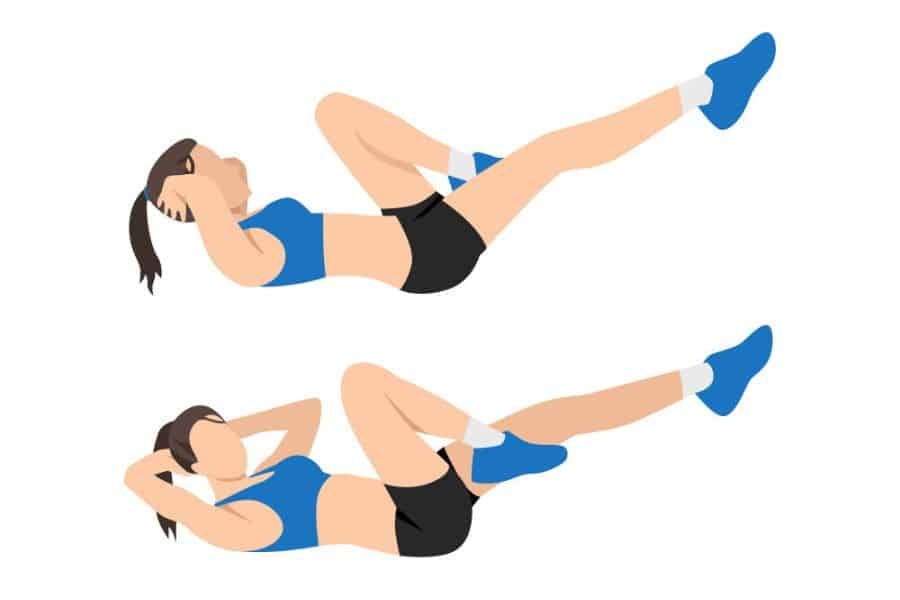
Elbow-to-knee crunches focus on the obliques, the muscles on the sides of your abs. Building strong obliques enhances the overall appearance of your six-pack by making it appear more prominent. This exercise is effective because it simultaneously engages both the obliques and rectus abdominis (the six-pack muscle). If this variation is too difficult, try Russian twists or standard crunches.
3. Planks
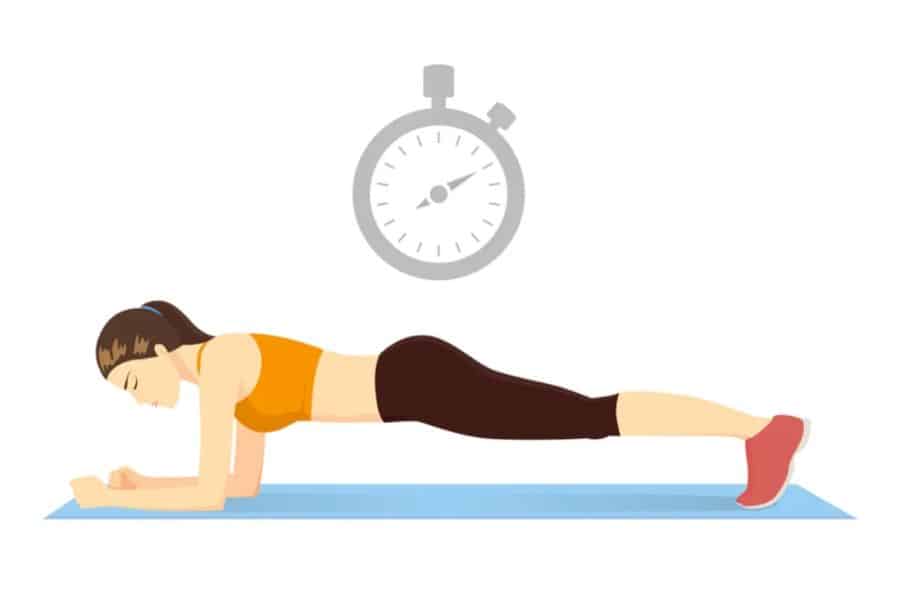
Planks are a core-strengthening staple. This exercise targets the transverse abdominis, improving stability and posture. A strong transverse abdominis indirectly helps enhance other strength-training exercises like squats, as it provides the necessary core stability to lift heavier weights safely. If standard planks are too challenging, try kneeling planks as a modification.
The Key to Ab Success: Nutrition and Consistency
No matter how many ab workouts you do, your diet plays a crucial role in revealing your abs. Reducing body fat requires a caloric deficit, meaning you must burn more calories than you consume. Focus on a balanced diet with lean proteins, healthy fats, and complex carbohydrates to support muscle growth and fat loss.
Consistency is key. Stick to a structured workout plan, maintain a clean diet, and allow for proper recovery. By training your abs two to three times per week, incorporating effective cardio, and following a balanced diet, you’ll be well on your way to achieving strong, defined abs.



